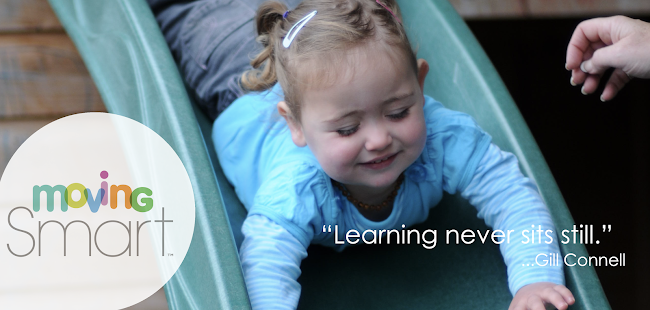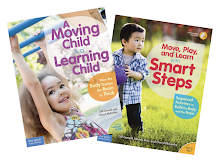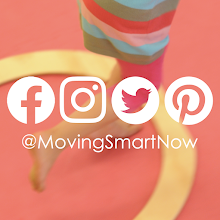Have you ever noticed little ones tend to go fast? And telling them to slow down doesn't work (at least not for long).
Chances are children who move fast aren't "hyperactive" or even in a hurry. It's more likely they haven't yet mastered their balance. You see, to move slowly or deliberately the brain needs a good sense of balance to keep us upright while in motion. When that's lacking, the easiest thing to do is go faster!
So, to slow down your little "speedster" try making going slow into a game. Here are a few ideas you can try anytime, anywhere...
FREEZE! This kid’s favorite is a great way to modify speed from “on” to “off.” Start the game by explaining when you say ”Freeze” they have to stop in their tracks and not move a muscle. Count to three and unfreeze. Be sure to give them a chance to make you freeze too!
THE CHALLENGE. Instead of instructing them to “Slow down,” turn it into a game by throwing down a challenge... “I bet you can’t go slow.” “I bet you can’t go slower.” ”Even slower.”
TURTLE TIME. Set a timer for 5 minutes and call out “Turtle Time.” During Turtle Time, everyone has to do everything in slow motion... walk slow... talk slow... hug slow!
For more information on movement & learning, like us on Facebook and Instagram.



.png)













